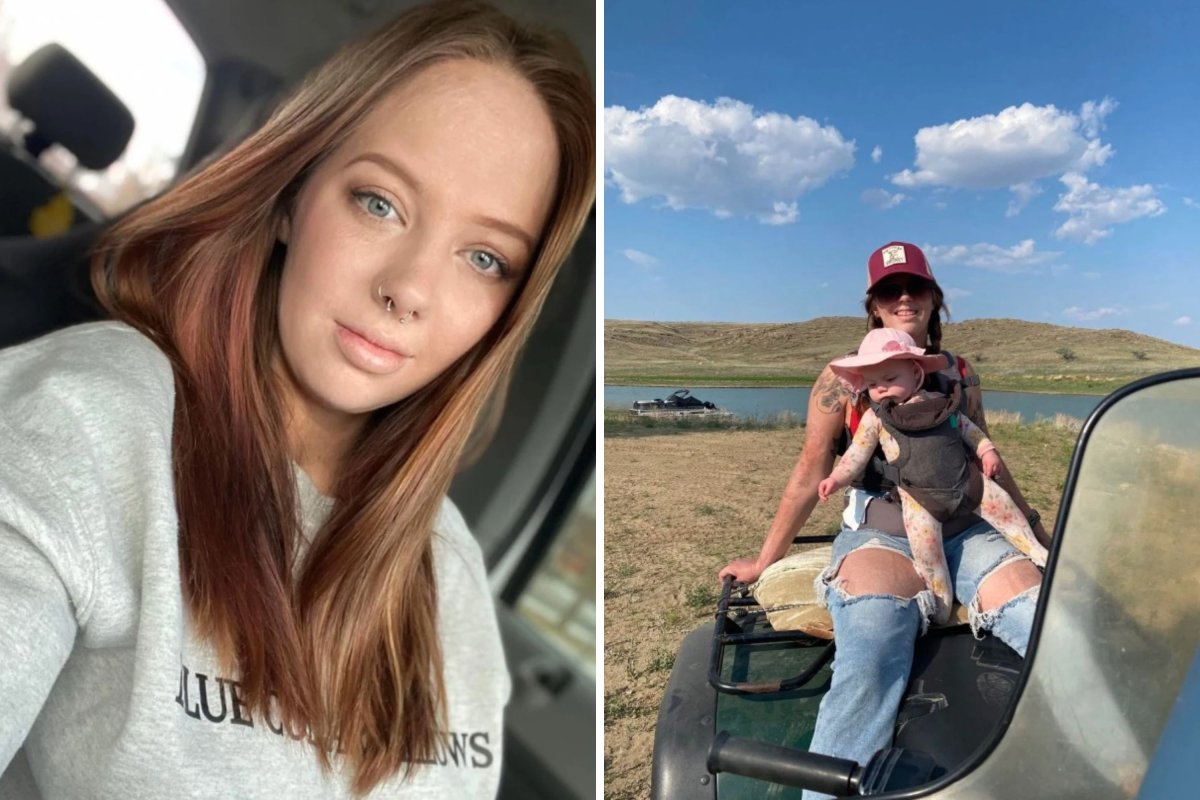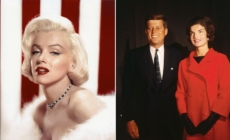-
Walmart Stabbing: Video Appears to Show Suspect Being Confronted - 3 mins ago
-
Blockbuster Mock Trade Sends Cardinals Stars To Phillies For Loaded Haul - 42 mins ago
-
Joaquin Nieman Reveals Open Reason For Axing Caddie, Coach - about 1 hour ago
-
MrBeast Makes Astronomer Joke After Gwyneth Paltrow Video - 2 hours ago
-
Kim Zolciak and Kroy Biermann move on amid messy divorce proceedings - 2 hours ago
-
Texas may rig election maps. Should California too? - 3 hours ago
-
Delta’s AI system will set personalized airfares for customers by year’s end - 3 hours ago
-
Gigantic Wooden City Being Built in Europe Will Be 2.7M Sq Ft in Size - 3 hours ago
-
Jay Leno reflects on political balance in comedy amid Colbert cancelation - 3 hours ago
-
Martin Brundle Offers Real Reason Behind Horner’s Red Bull Axe - 3 hours ago
Gen Z Woman Survives Gas Explosion, Then She Shares Update 6 Years Later
The story of a woman who was caught in a catastrophic gas explosion in Cambodia that left her with second- and third-degree burns over a large part of her body has gone viral on social media.
“I was living there at the time, teaching kindergarten, and had just pulled up to an intersection on a moped when a nearby gas station exploded,” 24-year-old Abbey Alexander of Glendive, Montana, told Newsweek. “I suffered second- and third-degree burns across roughly 35 percent of my body, including my arms, legs, and face.”
The explosion, which happened on August 14 in 2019, launched Alexander into a yearslong recovery process that she is now chronicling in a memoir. Her story has gained widespread attention after she shared images of her recovery journey in a post on Reddit, marking nearly six years since the incident. The post received more than 163,000 upvotes since being shared on July 20.
Abbey Alexander
“Those photos were taken while I was in the hospital in Denver during my initial recovery,” she said.
Approximately 486,000 people in the U.S. are treated each year for burn injuries, noted a November 2024 study published in the Physical Medicine and Rehabilitation Clinics of North America. The study said that “burn injuries are increasingly recognized as causing diverse and dynamic biopsychosocial challenges that can persist throughout survivorship.”
Alexander’s account aligns with those findings. “It has been intense, both physically and emotionally,” she said. “I was initially treated in Cambodian hospitals and eventually medevaced to a burn ICU [intensive care unit] in Denver, where I underwent surgeries and long-term wound care. Since then, I’ve had to relearn how to walk, manage nerve pain, and work through the trauma of the experience.”

Abbey Alexander
Among the medical interventions Alexander underwent were multiple skin grafts, surgeries and extensive therapy. “I underwent skin grafts, ReCell treatment, multiple debridement surgeries, physical and occupational therapy, compression garment therapy, and ongoing mental health care,” she said.
Alexander’s early prognosis came with uncertainty. “There were concerns early on about infection, skin-graft rejection, and the risk of long-term disability,” she said. “Over time, I’ve exceeded most expectations, although the emotional recovery has taken longer than the physical.”
That emotional toll remains central to her experience. “The invisible scars have been the hardest to manage,” Alexander said. “The trauma, PTSD [post-traumatic stress disorder] and emotional toll have lingered the most.”
She noted: “Learning to live in a body that has permanently changed, while also holding space for gratitude that I survived, has been an ongoing process.”
Do you have a health story to share? Let us know via life@newsweek.com and your story could be featured on Newsweek.
Source link































